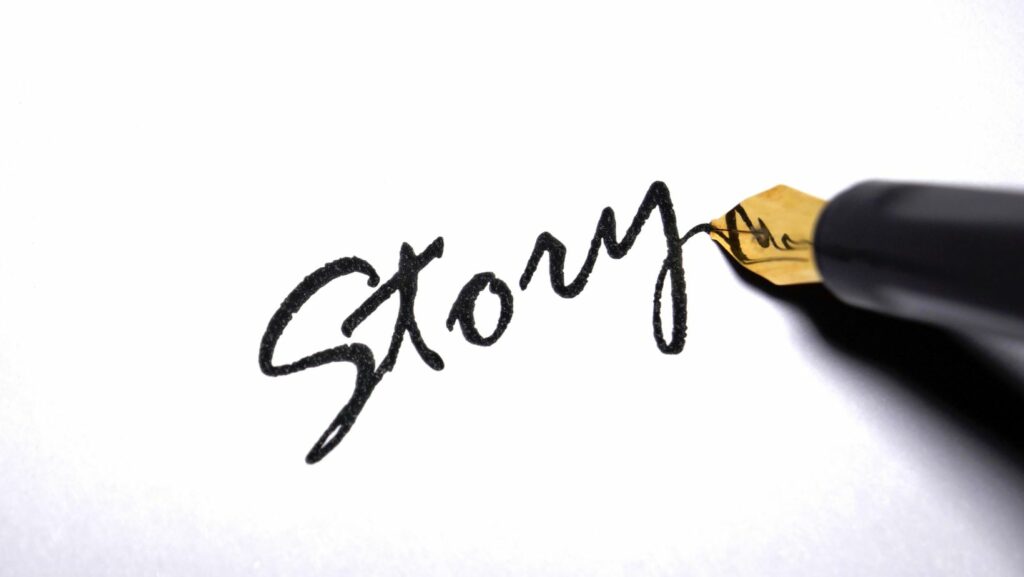{ez-toc]
Creative writing opens a world of imagination and endless possibilities, inviting readers to explore narratives that captivate and inspire. Whether it’s a heartwarming tale of friendship, a thrilling adventure, or a poignant reflection on life, stories crafted with creativity leave a lasting impact. Aspiring writers often seek examples to ignite their own creativity and hone their skills. Diving into creative writing stories offers a treasure trove of diverse styles and genres.
From classic literature to modern masterpieces, each story showcases unique voices and storytelling techniques. AI text-to-speech can help students by converting reading materials into audio, aiding those with different learning preferences or language barriers. These examples not only entertain but also serve as valuable learning tools for those eager to master the art of writing. Understanding how different elements like character development, plot twists, and vivid descriptions come together can transform a simple idea into a compelling narrative. By examining creative writing stories, writers can gain insights into crafting their own engaging tales that resonate with readers and stand the test of time. Short stories provide concise yet impactful narratives, often focusing on a singular theme or emotional experience.
In “The Lottery” by Shirley Jackson, readers encounter suspense and tradition’s darker side, with a shocking twist that stays with them long after reading. Anton Chekhov’s
Creative Writing Stories Examples
 Creative writing stories span various genres and themes, offering innumerable examples to study. One can gain insight from short stories like “The Lottery” by Shirley Jackson, which employs shock and suspense to deliver a powerful message. Novels such as “1984” by George Orwell illustrate dystopian themes and complex character development, providing a foundation for understanding world-building and societal critique.
Creative writing stories span various genres and themes, offering innumerable examples to study. One can gain insight from short stories like “The Lottery” by Shirley Jackson, which employs shock and suspense to deliver a powerful message. Novels such as “1984” by George Orwell illustrate dystopian themes and complex character development, providing a foundation for understanding world-building and societal critique.
Fantasy enthusiasts might explore “The Hobbit” by J.R.R. Tolkien, a story rich with imaginative settings and mythical creatures. By examining Tolkien’s work, writers can learn the art of creating immersive alternative worlds. In science fiction, Isaac Asimov’s “Foundation” series provides lessons in weaving intricate plots and futuristic technology, serving as examples of developing expansive story arcs. For those interested in contemporary themes, Khaled Hosseini’s “The Kite Runner” offers insights into personal relationships and cultural conflicts.
Hosseini’s use of emotional depth and historical context makes it a compelling study for character-driven narratives. These examples highlight varying narrative styles and story elements, aiding writers in refining their creative writing skills. Through analysis and inspiration drawn from these stories, writers can craft unique tales that captivate and inspire readers.
Importance Of Storytelling In Creative Writing
Storytelling plays a crucial role in creative writing by immersing readers in unique worlds and engaging them with rich narratives. Through storytelling, writers present ideas and themes in a structured yet imaginative way, resonating with audiences on emotional and intellectual levels.
rich narratives. Through storytelling, writers present ideas and themes in a structured yet imaginative way, resonating with audiences on emotional and intellectual levels.
Elements like character arcs and thematic development often anchor stories, guiding readers through diverse experiences and fostering a connection to the narrative. In literary examples, such as Toni Morrison’s “Beloved,” storytelling reveals complex historical themes and multi-dimensional characters. Morrison’s narrative technique intertwines past and present, offering readers a deep emotional impact.
Similarly, Neil Gaiman’s “The Graveyard Book” showcases storytelling’s role in weaving fantasy elements with relatable life lessons, illustrating how narratives can bridge the gap between fiction and reality. Effective storytelling in creative writing also nurtures empathy by allowing readers to explore different perspectives.
Popular Genres Of Creative Writing Stories
 Creative writing encompasses various genres that engage readers with distinct narratives and styles. Each genre offers unique ways to explore imaginative themes and convey diverse experiences. Fiction stories create imaginative worlds and characters. Classic fiction includes genres like mystery, romance, and fantasy.
Creative writing encompasses various genres that engage readers with distinct narratives and styles. Each genre offers unique ways to explore imaginative themes and convey diverse experiences. Fiction stories create imaginative worlds and characters. Classic fiction includes genres like mystery, romance, and fantasy.
Examples include Arthur Conan Doyle’s “Sherlock Holmes” for mystery and J.K. Rowling’s “Harry Potter” series for fantasy. Fiction allows writers to explore themes and emotions through engaging narratives and intricate plots. Non-fiction stories convey factual events with creative storytelling techniques. Genres include memoirs, biographies, and essays. “The Diary of a Young Girl” by Anne Frank offers a poignant memoir, while Malcolm Gladwell’s “Outliers” presents insightful essays.
Non-fiction blends truth with creativity to captivate readers. In Gabriel García Márquez’s “One Hundred Years of Solitude,” storytelling introduces readers to the intricate history of the Buendía family, blending magical realism and sociopolitical commentary. This approach enriches understanding of diverse cultures and experiences.



